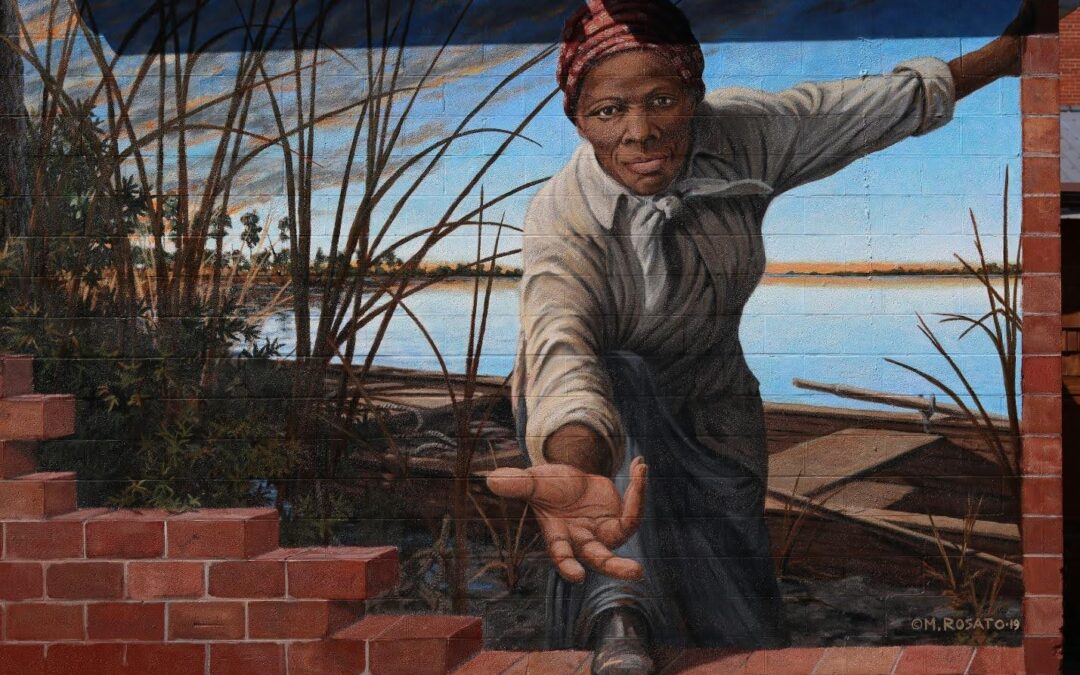Last week I began to think about writing a post about the pain the Appropriation bill passed by the U. S. House of Representatives on May 22, 2025 will cause, if it becomes law. I experienced an attack of deep sadness; I lost all energy to do anything for a day. This post is about the challenge of learning about and feeling the pain in the world. How do we hold on to faith, believing that all will be well?









 Tom Adams writes and speaks on topics vital to the intersection of our personal lives with our community and global lives. He has for decades been engaged in and written about nonprofit leadership and transitions, spirituality and spiritual growth, how we each contribute to a more just and equitable world and recovery from addictions and the Twelve Step recovery movement.
Tom Adams writes and speaks on topics vital to the intersection of our personal lives with our community and global lives. He has for decades been engaged in and written about nonprofit leadership and transitions, spirituality and spiritual growth, how we each contribute to a more just and equitable world and recovery from addictions and the Twelve Step recovery movement.